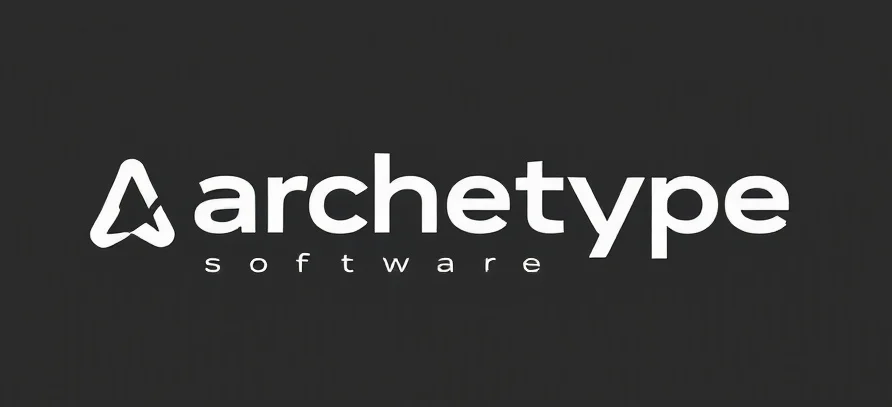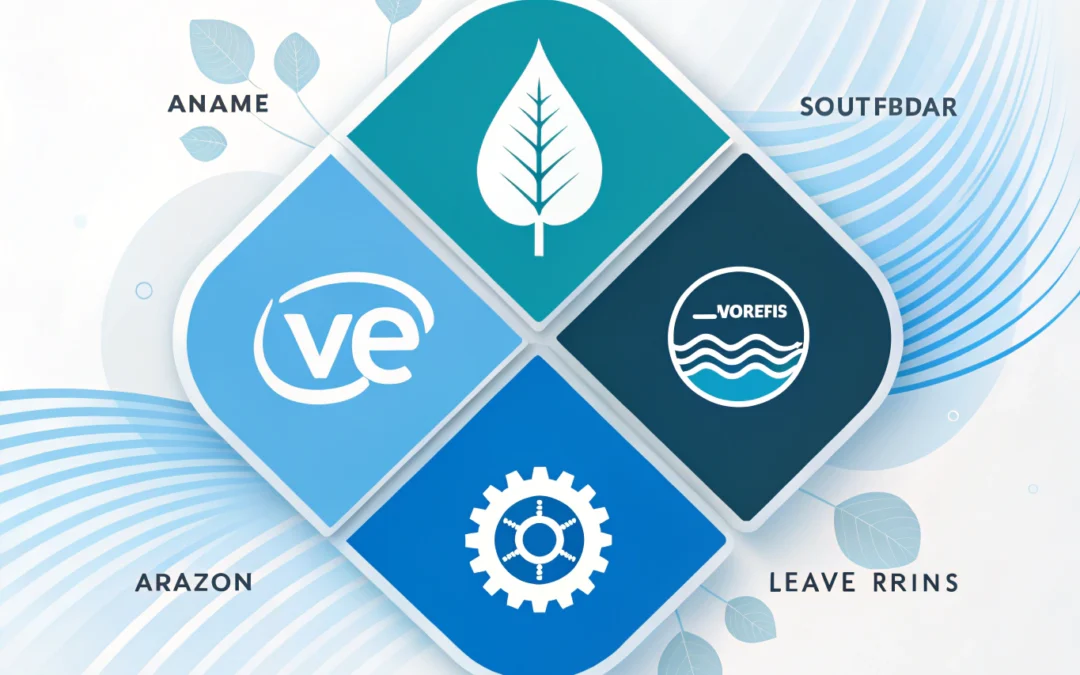The Art and Science of Amazon’s Vine Program
In the vast ecosystem of e-commerce, Amazon’s Vine Program stands out as a peculiar yet practical approach to product reviews. It’s like having a panel of culinary critics taste-test your latest dish, ensuring that feedback is both brutally honest and constructively critical. This insightful look into the vine. amazon.com reveals how the program operates, as well as its implications for sellers and consumers alike.
Understanding the Vine Program
Amazon’s Vine Program is akin to an exclusive club where select reviewers, known as Vine Voices, receive products for free in exchange for their opinions. These reviews, however, are not just any opinions. They are expected to be unbiased, comprehensive, and insightful, providing a nuanced view of the product’s strengths and weaknesses. Imagine an AI model trained to evaluate the subtleties of human emotion—it’s not perfect but offers a perspective less swayed by the noise of the crowd. To explore similar software solutions, check out Software Solutions: How to Get an Amazon Storefront …
The Transformative Power of Authentic Reviews
The allure of the Vine Program lies in its potential to transform product perception through authentic reviews. In a marketplace flooded with generic five-star ratings, a well-articulated four-star review can be more persuasive than a dozen perfect scores. This is where the program’s transformative aspect shines—it’s less about the stars and more about the story. A nuanced review can tip the scales, guiding consumers toward informed decisions. Think of it as AI-generated art; it’s the process and thought behind it that captivates, not just the final image. For more insights, visit Amazon Automation: Software Solutions for Developers …
Implications for Sellers and Consumers
For sellers, the Vine Program offers a double-edged sword. On one hand, it provides an opportunity to showcase products to discerning reviewers who could become brand advocates. On the other, a negative review from a Vine Voice can have a more significant impact than a slew of anonymous critiques. It’s a bit like entrusting your product launch to AI-driven market analysis—insightful but requiring careful interpretation. Discover more on Page 2 of 51 – archetypesoftware for additional context.
For consumers, Vine reviews serve as a beacon of reliability in a sea of potentially biased feedback. When you’re deciding between two seemingly identical products, a detailed Vine review can illuminate differences that matter. It’s like having an AI assistant sift through data to pinpoint the most relevant information—saving time and enhancing decision-making.
Actionable Recommendations for Sellers
So, how should sellers approach the Vine Program? First, embrace transparency. If your product has flaws, acknowledge them and address improvements in subsequent iterations. Second, engage with Vine reviewers. Consider their feedback as a free focus group, offering insights that could guide product development. Lastly, leverage the credibility of Vine reviews in your marketing strategies, showcasing authentic feedback to build consumer trust. For more information on similar tools, visit archetypesoftware.
Conclusion
Amazon’s Vine Program is more than a review system; it’s a complex interplay of trust, transparency, and transformation. As the digital marketplace continues to evolve, understanding and leveraging such programs can be the difference between a product that merely exists and one that thrives. By embracing this nuanced approach, sellers can turn critical feedback into a powerful tool for growth.
Checkout ProductScope AI’s Studio (and get 200 free studio credits)

